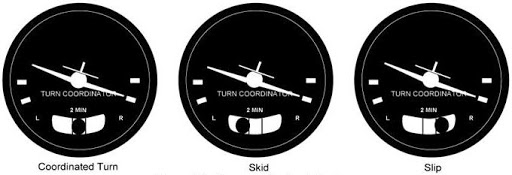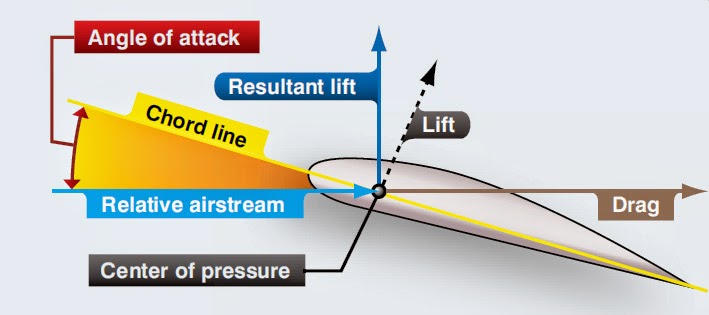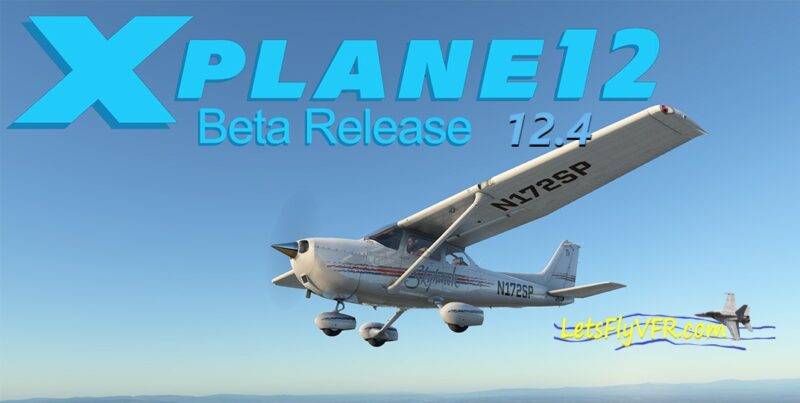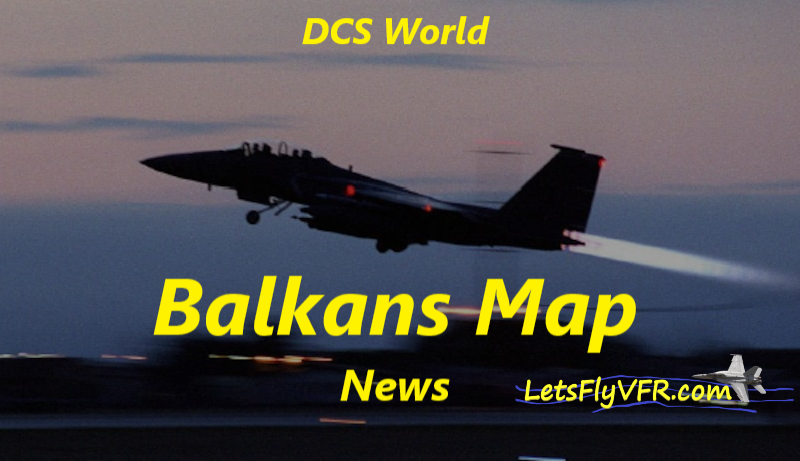ADVERSE YAW Kills Pilots – Save Yourself NOW!
What is aircraft adverse yaw and why does it happen? These are some of the important questions we will answer so you are a safer flight simulator pilot.
Its surprising how many real world aircraft are destroyed with the lives of their occupants every year and often needlessly because of aircraft adverse yaw so as sim pilots its really interesting to experience it in your favorite flight simulator. Today I am using X Plane 11.
What is Aircraft Adverse Yaw.
Aircraft adverse yaw occurs often when pilots are at low speeds and do not manage the rudder and the coordination flight of the aircraft. Adverse yaw often occurs when an aircraft is turning in a low speed configuration.
In this situation if the aircraft is not maintained in a coordinated flight and the pilot uses excessive rudder to increase a turn rate then the outside wing creates more drag and less lift because of the aileron action plus achieves a higher angle of attack causing it to stall and spin the aircraft in the opposite way to the turn.
This is often sudden with little warning and the recovery is exacerbated from a stall because the rotation must be stopped first.
- Joystick / HOTAS – AMAZON.com
- Rudder Pedals – AMAZON.com
- Throttle Quadrant – AMAZON.com
- Gaming Chair – AMAZON.com
- VR Headset – AMAZON.com
How Common are Adverse Yaw events?

Crashes of aircraft from adverse yaw are most common on departures or approach phases of flight. In these situations the aircraft is in a more precarious position with high angles of attack and slow speeds.
Personal Story – Lucky to be Here!
In my early solo flights I was in very much the position of taking some friends around the pattern at my local airport. The weather away from the aircraft was very poor so we decided to take the eager passengers around the circuit for them to get a taste of Light Sport Flying.
In being an eager young (but no so young) pilot I wanted to get a few landings in anyway and felt quietly confident of my abilities to fly my friends safely.
I had flown a couple passengers around the circuit and it was closing in a little with the cloud base about 1200 ft.
The circuit height for Gawler is 1165 Ft so there wasn’t much space so it was time to land. With my last passenger and a little wind we turned onto final but the winds had pushed me more to the dead side so I turned a little tighter but it wasn’t really enough. I pushed the inside rudder to try and get some more turn rate. Yes I am lucky to be able to tell you this story.
If we are in the Matrix I died that day and happily someone reset the game. Honestly I felt shivers telling you this and it wasn’t till some time latter I learnt about aircraft adverse yaw and realized how close to death I may have been that day.
Learn and even in your sim don’t do it.
Where does Adverse Yaw Kill Pilots?
A common place for the use of to much rudder when making a turn onto final when landing an aircraft. If the pilot turns late and finds him/herself past the extended centerline there is a desire to increase the turn rate beyond what is currently being achieved. When the turn rate increase is desired a common mistake by pilots is to add a lot of rudder in the direction of the turn. This causes more yaw complicating the already precarious position the pilot is in.
The pilot only needs to ask a little to much of the aircraft and do it abruptly the cause the aircraft adverse yaw event to spiral into a stall, the outside wing stalls and the aircraft rotates opposite the desired turn and spirals generally into the ground.
Adverse Yaw Explanation – by Samm Sheperd
Preventing Adverse Yaw Spins.
Preventing adverse yaw spins is both a pilot responsibility as well as an aircraft design issue of which aircraft designers have a few tools. interesting to experience it in your favorite flight simulator. Today I am using X Plane 11.
Pilots need to be cautious in slow speed situations with speeds and especially rudder control which is a repetitive theme but it has to be reinforced. Keeping the aircraft balanced and co ordinates in flight is crucial.
What is flying Coordinated?
What is flying coordinated? If you fly an aircraft and it remains coordinated you will only ever feel a downward weight or downward pressure in your seat. If an aircraft is uncoordinated you also feel a sideways motion like going around a corner in a car. If you go around the corner and your pushed sideways into the door.

In the diagram above the three turn and slip indicators show you the ideal condition and the opposite uncoordinated flight conditions.
- The first shows a balanced flight condition as the ball is sitting centrally in the tube.
- The second shows the aircraft is skidding to the right so right rudder is required to recenter the ball.
- The third situation shows the aircraft in a left skid requires right rudder to recenter the ball and bring us back to coordinated flight.
Aircraft Designs for Adverse Yaw.
Aircraft designers have a number of tools in their design arsenal to counter the additional drag created in the act of turning. The primary issue is the drag created when turning and designers balance the drag of the wings out by having the inside wing aileron actually extend below the lower surface of the wing creating a little extra drag to balance the loss of lift and additional drag on the outer wing as it rises in the bank.

Its primarily the action of the outside wing rising as you turn where it loses lift and creates extra drag because of its angle of attack created by the wind hitting the rising wing. Drag is relative to the angle of attack which is the direction and how much angle is created between the wing chord and the relative wind direction.
Chord and Angle of Attack.
What is chord and angle of attack (AoA) on a wing. The Chord is the line between the leading edge and the tip of the trailing edge. This changes if the flaps extend down from the wing as well.
The angle of attack is the angular difference between the chord line and the relative air stream. When the wing rises in a turn the angle of attack increases but the drag increases on the outer wing where the drag reduces on the inboard which when some excess rudder inputs are added literally throws the aircraft the opposite direction to the turn.
Simply Stay Safe! Stay Coordinated!
To stay alive and not crash your beloved aircraft and kill everyone basically requires good airman ship. Fly coordinated with the correct use of the rudder and monitor the slip gauge if you don’t have the feeling through the seat to tell you you are not coordinated. In the case of a flight simulator you will need to monitor the turn and slip indicator.

Remember especially on landings if you overshoot the centerline and its a struggle to get back go around and try again. Its all about planning and being ahead of your aircraft. The faster your aircraft the more in advance of the aircraft mentally.
- Latest CPU’s Available Now – Amazon.com
- Get a NEW GPU Best Performance – AMAZON.com
- Upgrade RAM Here today – AMAZON.com
- Prebuilt PC Options – AMAZON.com
Author.
Brendon McAliece (Aka Gunnie) is a a military veteran with 23 years working on Jet Fighters, their weapons systems and ejection seat/module systems as well as munitions and R&D. Involved with flight simulation since the 1980s, he has flown all the major flight simulators over the years.
He is an Australian expat who has lived in Malaysia, UK, Saudi Arabia and more recently Thailand. He is a multi-lingual blogger who loves to share his life experiences here on LetsFlyVFR.com and DreamingGuitar.com, with his lifestyle and Travel experiences Blog plus his Dreaming Coffee website.
Learn More @ DreamingGuitar.com – DreamingCoffee.com – LetsFlyVFR.com
( HOME – BLOG – SHOP – ABOUT )
As an Amazon affiliate I may benefit from qualifying sales.
As an Amazon affiliate I may earn on qualifying sales.









